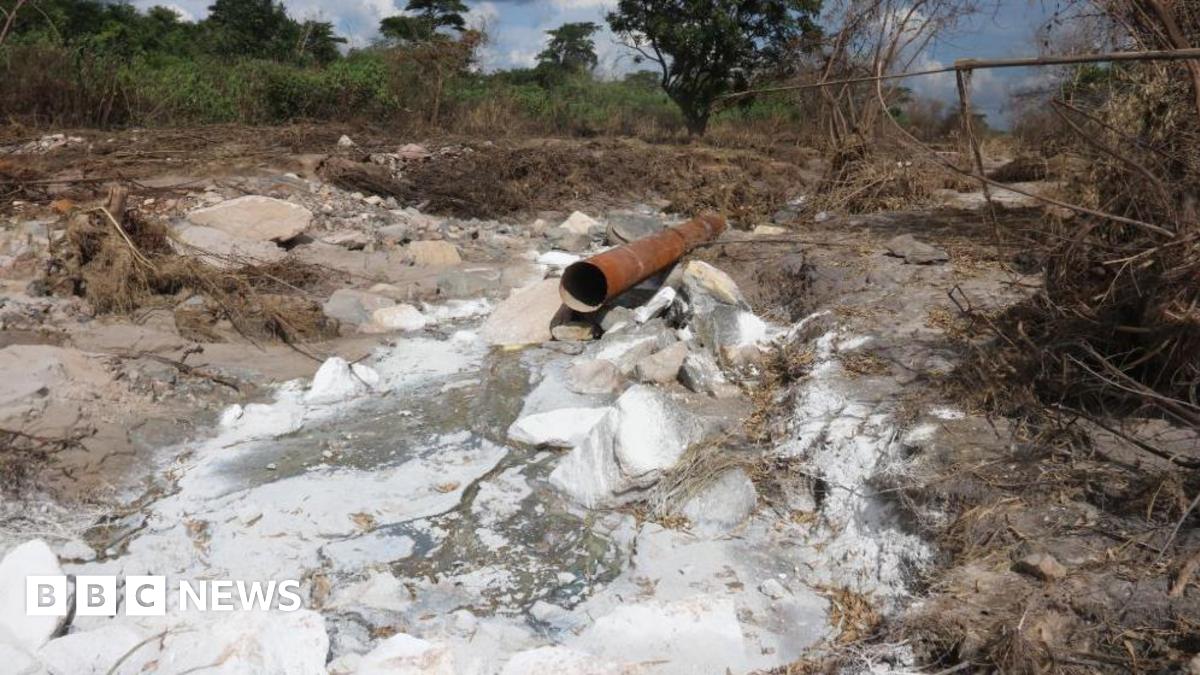Zambia Rejects US Embassy's Pollution Warning Following Copper Mining Spill

Zambia Dismisses US Health Alert After Copper Mining Leak Sparks Concerns
The Zambian government has strongly refuted claims of hazardous pollution in the Copperbelt region, a vital hub for copper mining in the country. This response comes swiftly after the U.S. Embassy issued a health warning advising American citizens to take precautions due to potential contamination following a recent toxic spill. The government maintains that the situation is under control and poses no significant risk to public health.
The controversy began when the U.S. Embassy in Lusaka alerted its citizens to possible exposure to pollutants in areas surrounding the Copperbelt. The warning urged caution and recommended measures such as using bottled water and limiting outdoor activities. This sparked widespread public concern and prompted immediate calls for greater transparency regarding the spill and its potential health consequences.
However, Zambian authorities have been quick to downplay the severity of the situation. Government officials assert that the spill was contained promptly, and ongoing monitoring indicates that pollution levels are within acceptable limits. They accuse the U.S. Embassy of sensationalizing the incident and creating unnecessary panic among the population. A spokesperson for the Zambian Ministry of Environment stated, “We are aware of the concerns raised, but we want to assure the public that the situation is being managed effectively. The U.S. Embassy’s warning is not based on accurate data and is causing undue alarm.”
The Copperbelt region, responsible for a significant portion of Zambia’s copper exports, has long faced environmental challenges associated with mining activities. Historical practices and ongoing operations have resulted in soil and water contamination in some areas. While the government acknowledges these existing problems, they insist that the recent spill is an isolated incident and does not warrant the level of alarm expressed by the U.S. Embassy.
The Incident and Subsequent Response
Details surrounding the exact nature and extent of the spill remain somewhat unclear. Initial reports suggest that a leakage occurred at a copper processing facility, releasing toxic chemicals into a nearby water source. Authorities quickly mobilized to contain the spill and mitigate its impact. Water samples have been collected and are undergoing analysis to determine the precise composition of the contaminants and assess any long-term environmental damage.
The Zambian government has pledged to conduct a thorough investigation into the incident and to implement measures to prevent similar occurrences in the future. They are also working to improve transparency and communication with the public regarding environmental risks associated with mining activities. However, critics argue that the government's response has been inadequate and that more needs to be done to address the underlying environmental challenges in the Copperbelt region.
Diplomatic Implications
The disagreement between Zambia and the U.S. Embassy has raised questions about the relationship between the two countries and the role of foreign embassies in issuing public health warnings. Some analysts suggest that the incident could strain diplomatic ties, while others believe it represents a difference in perspective on how to manage environmental risks. The U.S. Embassy has yet to respond to the Zambian government’s criticism, but it is expected to provide further clarification on its warning in the coming days.
The situation in the Copperbelt underscores the complex interplay between economic development, environmental sustainability, and public health. As Zambia continues to rely on its copper mining industry, it faces the challenge of balancing economic growth with the need to protect the environment and the well-being of its citizens. The recent incident serves as a stark reminder of the potential risks associated with mining activities and the importance of robust environmental regulations and effective monitoring systems.






